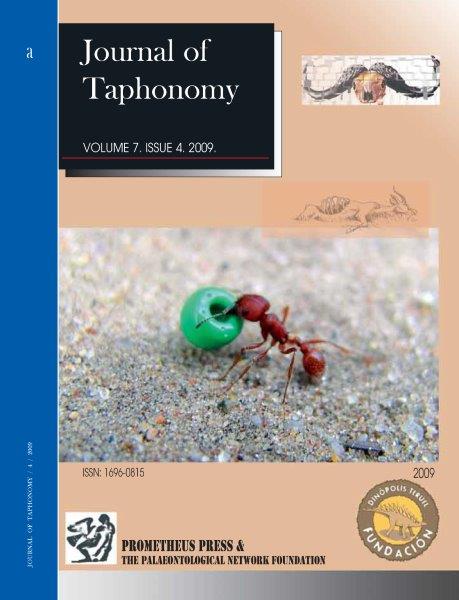The Middle Pleistocene is a period with a great variability of carnivores. Different species of big cats, hyaenids, bears and canids are common in faunal lists of anthropogenic assemblages. This phenomenon raised a discussion about the relationships between carnivores and hominids. This paper aims to provide data to understand the presence of carnivore remains or the elements generated by them in Middle Pleistocene anthropogenic assemblages. We analyze two Spanish sites for this specific work: TD10-sup of Gran Dolina (Sierra de Atapuerca, Burgos) and Level XII of the Bolomor Cave (Valencia, Spain). The origin of both accumulations is due to the predatory activities of humans and carnivores´ incidence is very low. The main objective of this study is to determine the role of predators in these accumulations and to evaluate their relationship with human communities. The anatomical representation of carcases, the age of death of animals, the identification of anthropogenic marks and tooth marks, and the morphology of the latter suggest the existence of marauding small scavengers. These animals visited the cavities once abandoned by hominids. From this perspective, we think that there are not direct relationships in the form of interaction between both biological entities.


